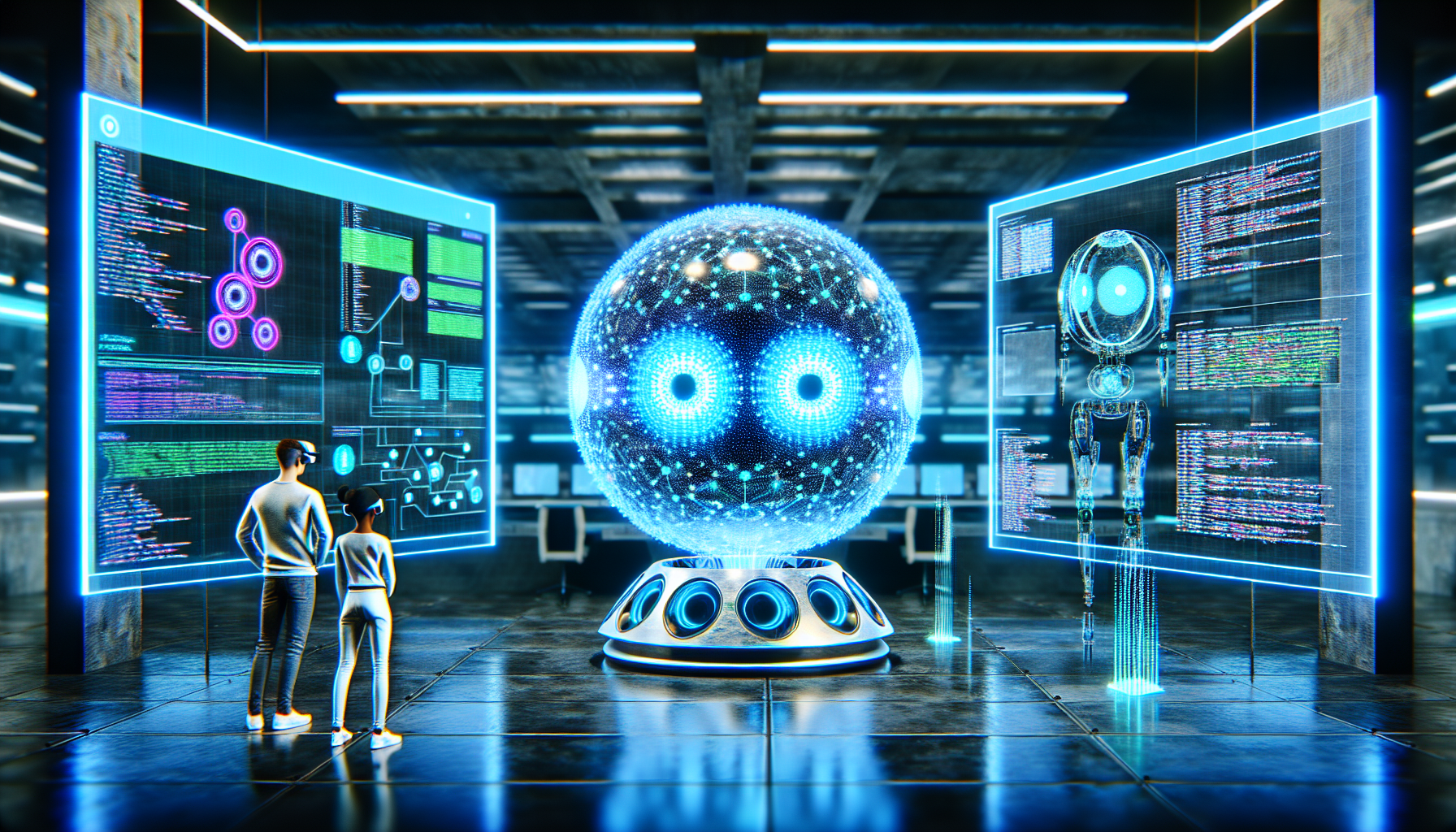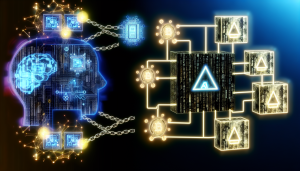Artificial Intelligence (AI) agents are revolutionizing the way we interact with technology, from virtual assistants like Siri and Alexa to sophisticated systems used in autonomous vehicles. Understanding the technical architecture of these AI agents is crucial for anyone looking to delve into AI development or simply curious about how these intelligent systems operate. In this article, we’ll break down the key components that make up the architecture of AI agents, providing a beginner-friendly overview.
Core Components of AI Agents
The architecture of an AI agent typically comprises several fundamental components that work in harmony to perform tasks efficiently. These components include perception, reasoning, learning, action generation, and a knowledge base.
Perception: Sensing the Environment
Perception is the first step in an AI agent’s operation. It involves gathering data from the environment through various sensors or input channels. For instance, a virtual assistant perceives user commands through voice recognition, while an autonomous car uses cameras and lidar sensors to understand its surroundings. The quality and type of perception directly impact the agent’s ability to make informed decisions.
Reasoning: Processing Information
Once the data is perceived, the reasoning component processes this information to make decisions. This involves interpreting the data, identifying patterns, and understanding context. Reasoning can be rule-based, where the agent follows predefined guidelines, or more complex, utilizing machine learning algorithms to make predictions and decisions based on the data. Effective reasoning is essential for the agent to perform tasks accurately and efficiently.
Learning: Adapting and Improving
Learning is a critical aspect of AI agents that allows them to improve over time. Through machine learning techniques, agents can analyze past experiences, recognize trends, and adjust their behavior accordingly. This adaptability enables AI agents to handle new and unforeseen situations more effectively. For example, a recommendation system on a streaming platform learns user preferences to suggest content tailored to individual tastes.
Action Generation: Executing Tasks
After processing information and possibly learning from it, the AI agent needs to take action. This could mean providing a response to a user query, moving a robot arm, or adjusting settings in a smart home system. The action generation component translates the agent’s decisions into executable tasks, ensuring that the intended outcomes are achieved.
Knowledge Base: Storing Information
A comprehensive knowledge base is vital for AI agents as it stores the information necessary for decision-making. This includes facts, rules, user preferences, and contextual data. The knowledge base allows the agent to access relevant information quickly, supporting effective reasoning and learning processes. Maintaining an up-to-date and accurate knowledge base is essential for the reliability and performance of the AI agent.
Integration of Components
Integrating these components seamlessly is key to building an effective AI agent. Modern AI architectures often utilize modular designs, where each component can be developed and improved independently before being integrated into the overall system. Additionally, leveraging APIs and middleware can facilitate communication between components, enhancing the agent’s functionality and scalability.
Technologies Behind AI Architecture
Several technologies underpin the technical architecture of AI agents. Machine learning frameworks like TensorFlow and PyTorch are commonly used for developing the learning and reasoning components. Natural language processing (NLP) tools enable agents to understand and generate human language, while computer vision technologies allow for image and video analysis. Cloud computing platforms provide the necessary infrastructure to support the computational demands of AI agents, ensuring they operate smoothly and efficiently.
Challenges in AI Architecture
Designing the technical architecture of AI agents comes with its set of challenges. Ensuring data privacy and security is paramount, especially when agents handle sensitive information. Additionally, creating scalable and flexible architectures that can adapt to evolving requirements is essential for long-term success. Balancing performance with resource constraints, such as processing power and memory, also plays a significant role in the effectiveness of an AI agent’s architecture.
Future Trends
The future of AI agent architecture is poised for significant advancements. Innovations in areas like edge computing will allow AI agents to process data locally, reducing latency and enhancing real-time decision-making. Advances in AI algorithms and hardware will further improve the efficiency and capabilities of AI agents, making them even more integral to our daily lives. As these technologies evolve, the architecture of AI agents will continue to become more sophisticated, enabling more complex and intelligent interactions.
In conclusion, the technical architecture of AI agents is a complex yet fascinating interplay of various components that work together to create intelligent and adaptive systems. By understanding the fundamental elements such as perception, reasoning, learning, action generation, and knowledge base, one can appreciate the intricacies involved in developing these powerful AI tools. As AI continues to advance, so too will the architectures that support the next generation of intelligent agents.



